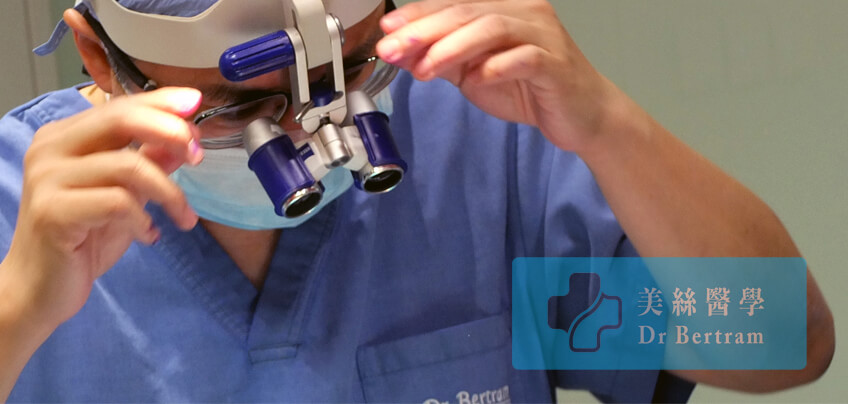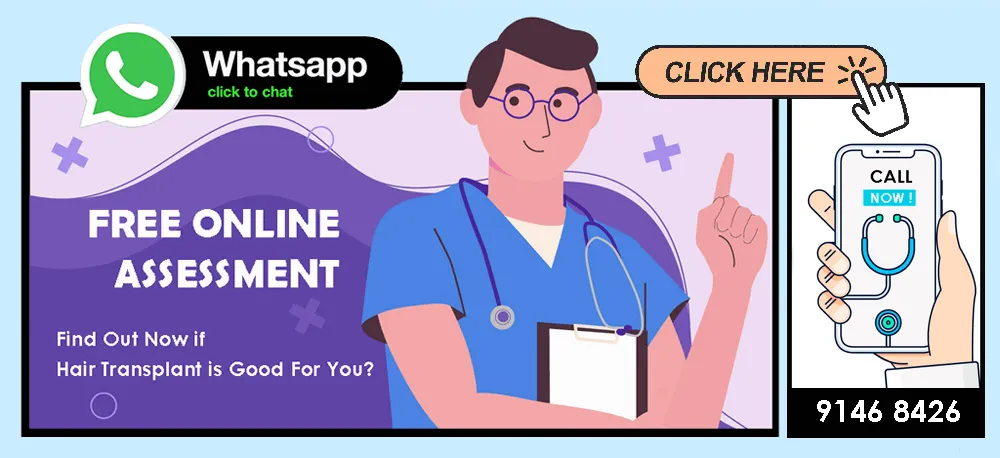Safety

The 2 most important considerations in all hair transplant procedures, whether FUT, FUE, ARTAS, or even SMP are how to:
• Ensure Safety
• Minimize Pain
In Hong Kong there is no government regulation of Hair Transplant Center. As patient safety and comfort are our first priority, we adopt the American Standard when performing hair transplant as an office procedure.
The American Standard
Health care services are moving away from traditional inpatient facilities to outpatient settings. The Massachusetts Medical Society’s Task Force on Office Based Surgery reviewed the guidelines developed by many other state medical societies, surgical professional organizations, and anesthesiology professional organizations, and state boards of registration in medicine. After consulting with numerous professional resources, the Task Force constructed a set of guidelines for physicians performing surgery or delivering anesthesia in their private offices. The Guidelines are also adopted by the South Carolina Board of Medical Examiners. It was published in 2004 as the MASSACHUSETTS MEDICAL SOCIETY OFFICE-BASED SURGERY GUIDELINES. According to these guidelines there are 4 levels of office procedures - I, II, III, and IV. The safest amongst these 4 levels is Level I using Conscious Sedation.
Level I Office Procedures
This is also known as Conscious Sedation. Only local anesthesia is used without any intramuscualr or intravenous injection. This technique is catered for minor procedures including hair transplant.
Amongst the 4 levels this is the safest level of sedation. Minimal oral relaxing medications are given before and during procedure. Chance of complications requiring hospitalization is uncommon. Without any drug induced alteration of consciousness, patients can response to verbal command. There is no interference with vital body functions
Features
• Minor procedures when anesthesia is local, topical, or none
• Preoperative medications are not required or used other than minimal preoperative oral antianxiety drugs
• No drug induced alteration of consciousness other than non-parenteral minimal anxiolysis of the patient
• Chances of complications requiring hospitalization are remote.
Staff Training
• We meet the requirements by pursuing continuing medical education in the field of hair transplant
• Familar with proper drug dosages, management of toxicity, or hypersensitivity to local anesthetic and other drugs
• Our practitioner and clinical assistants had completed a course in Basic Cardiopulmonary Life Support (BCLS)
• Our Staff has been trained to handle unexpected event and the use of resuscitation equipment such as AED.
Resuscitation Equipment
In Level I Office Procedure there is no requirement for any Resuscitation Equipment. However to ensure your safety we have upgraded our equipment to Level III:
• Oxygen source
• Airway equipment
• Positive pressure ventilation device
• AED (Automatic External Defibrillator
• Monitors for blood pressure, ECG, temperature
• Pulse oximeter
• Suction apparatus
• Emergency Drugs
Infection Control
Our center only engages in hair transplant and SMP. This is to avoid cross-contamination. We follow a strict Infection Control Protocol and our infection rate is less than 1%. Routine antibiotic cover is no longer necessary. We ensure good ventilation at all time to reduce air-borne wound and respiratory infections.
Cases Not Suitable for Office Procedure
For safety reason we recommend patients with chronic diseases or immunosuppressed to have their procedure performed in hospital to avoid any unforeseen complicatons.
Pain less

Pain Less Injection Technique
Features
• The smallest 30-33G needles are used to minimize any discomfort
• Various distraction techniques are used during the administration of local anesthesia
• Oral antianxiety-producing drugs are given without alteration of consciousness
• Both short & long lasting local anesthetic used for a prolonged pain-free period after procedure

